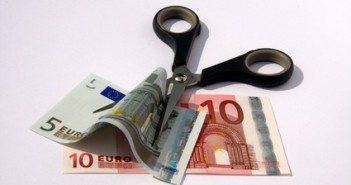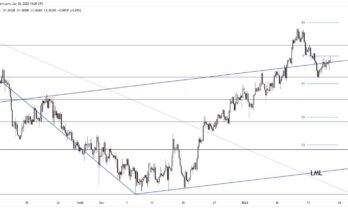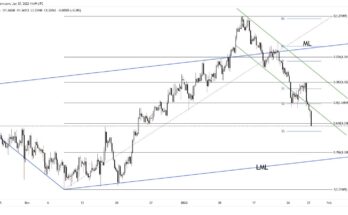- The ECB announced its exit plan from the QE program, but it was wrapped up with conditions.
- The EUR/USD is down over 200 pips peak to trough.
- The technical picture is no longer positive, and the road is open for further falls.
The European Central Bank announced its plan to stop buying bonds as expected. That was the lone win for the hawks. The doves would have wanted to wait for July. But that is where the good news for the Euro ends.
The rest was dovish, very dovish
1) Rate hike not before the end of the next summer: The ECB updated its forward guidance to push back a rate hike for over a year. They pledged to keep the current situation, where the deposit rate is at -0.40% through the Summer of 2019. And, there is no commitment to raise rates after that. It all depends on the data.
2) Everything is conditional:Â Every move in reducing QE is based on data. And the conditions only apply in one direction: doing more monetary easing if the situation deteriorates, but not tightening faster if things improve. This is a crucial point that Draghi stressed over and over in the press conference, making sure that the dovish tone is clearly heard.
3) Growing worries about protectionism and financial volatility: The escalating trade wars between the US and all the rest have not gone unnoticed by the ECB. Draghi referred to them as a downside risk. He also dislikes the higher volatility in financial markets. However, he probably liked the fall in the euro.
4) QE is here to stay: The ECB said if and only if everything goes to plan, the ECB will stop buying bonds. But Draghi stated that the bond-buying scheme, the APP, is now a permanent tool in the ECB’s toolbox. They will not hesitate to reuse it. The QE program was supposed to be a measure to use in a crisis and not a standard policy.
5) The current weakness may further extend: In the previous press conference, Draghi seemed to blame the “moderation†in Q1 on temporary factors such as the weather and strikes. This time, he said that this “soft patch†might extend even beyond the staff forecasts that he had just presented beforehand. Undermining his own projections is undoubtedly dovish.
6) Reduction, not tapering: The ECB will buy €15 billion bonds in October, November, and December, and not buy only €10 in November and €5 in December, taking a page from the Fed. This means a bit more euro-printing. The ECB will also continue reinvesting proceeds, not about to squeeze its balance sheet anytime soon.
7) And some USD strength: The seventh downer of EUR/USD is not a result of anything the ECB did but rather US Dollar strength that is a result of upbeat retail sales (the Control Group came out at 0.5%, better than expected and with an upward revision) and probably also a late reaction to the Fed’s hawkish hike. The American central bank not only raised rates but raised the projections to two additional hikes this year. Also, Powell, contrary to Draghi, said the American economy is doing very well.
All in all, a lot of pent-up pressure has finally exploded, and the EUR/USD has reacted with a fall from a peak of 1.1851 to a trough of 1.1619 at the time of writing, 232 pips.
EUR/USD Technical Analysis
The peak of 1.1851 touches the broken uptrend support line that accompanied the pair since it bottomed at 1.1510. The failure to break back above it sent the pair tumbling down.
The nearest support is 1.1610 which was the June 5th low. This is the immediate support line. Further below, 1.1550 was the November low which is still relevant. The 2018 nadir of 1.1510 is next. Even lower, we look to 1.1480, a line from the Summer of 2017.
On the upside, a recovery would send the pair down to 1.1730 which provided support earlier in the week. Further above, the stepping stone of 1.1767 is worth mentioning and more significant resistance is at 1.1830.
More: Trump’s trade wars: fighting on three fronts cannot keep markets calm for too long, and it could turn ugly




